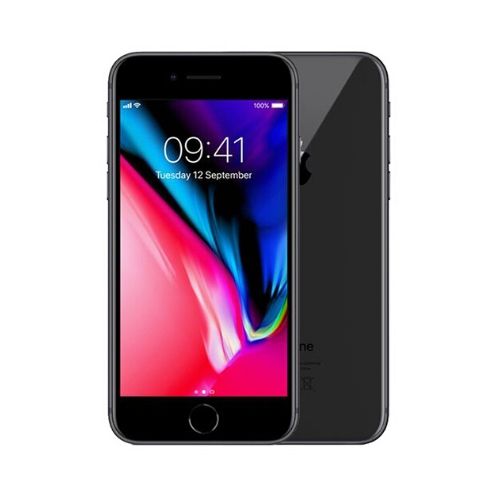

A photo won’t fool it since the mapping is three dimensional and the data is kept securely on your phone, not shared with Apple.īut it isn’t all good news. The result is facial identification which is leaps and bounds ahead of what has come before and even works in the dark (infrared, remember). Technologically, Face ID is somewhat akin to a cutdown Microsoft Kinect as it uses an infrared sensor to map and track a subject (in this case their face, rather than a whole body).
#Iphone 8 64gb vs 256gb android
In synthetic benchmarking terms, no Android smartphone can get close to the A11, though the real world performance of the Google Pixel 2 and OnePlus 5T runs them close.Īpple's A11 Bionic is the most powerful smartphone chipset ever made Appleīut where the real difference between the iPhone X and the more traditional iPhone 8 and iPhone 8 Plus stands out is a new performance part: Face ID facial recognition. But the big news is the A11 is also 70% faster when multitasking - and given we spend all our time jumping between apps, that’s big news. As such for all intents and purposes, real world performance of the three iPhones is identical.īut how much faster are these iPhones than what went before? Apple boasts the A11 chipset has a 25% faster CPU and 30% faster GPU (graphics) than the A10 in the iPhone 7 and iPhone 7 Plus. Why is the iPhone 8 still receiving less RAM? It comes down to two factors: driving its lower resolution display is less demanding and so is operating its single rear camera (more in the Camera section). iPhone X, iPhone 8, iPhone 8 Plus - Apple A11 ‘Bionic’ chipset: Six-Core CPU, Six Core GPU, M11 motion coprocessor, 3GB RAM (iPhone X, iPhone 8 Plus), 2GB RAM (iPhone 8).I suspect (Product) Red limited editions of all three models will appear at some stage.ĭespite their external differences, internally the iPhone 8, iPhone 8 Plus and iPhone X are almost identical: backs AppleĪs for colors, the iPhone X comes in just Silver and Space Grey, while the iPhone 8 adds Gold as a third option. IPhone X, iPhone 8 and iPhone 8 Plus are all IP67 water and dust resistant but have weaker glass. This compromises viewing media on the iPhone X (videos and photos either shrink out of its way or lose a section behind the notch) while web browsing is pushed off center.

In jamming such a big display into the iPhone X, Apple was unable to fit its exciting Face ID technology (more in the Performance section) into the top bezel resulting in a large cut out ‘notch’. Yes, the iPhone X manages to fit a 5.8-inch display into a chassis closer in size to the iPhone 8 than the iPhone 8 Plus.

If you noticed the screen-to-body ratios in the previous section, the following specifications won’t be a surprise: Meanwhile, the iPhone X display has its infamous ‘notch’. All three new iPhones also support High Dynamic Range ( HDR - Dolby Vision and HDR10) content which is appearing on iTunes, Netflix and Amazon so old dogs do learn new tricks. Apple’s LCDs are the best on the market, they don’t suffer from burn-in and their more traditional aspect ratios are better for the wide array of screen-filling 16:9 video content. Apple's iPhone X OLED display is stunning AppleĪnd don’t count out LCD entirely.


 0 kommentar(er)
0 kommentar(er)
